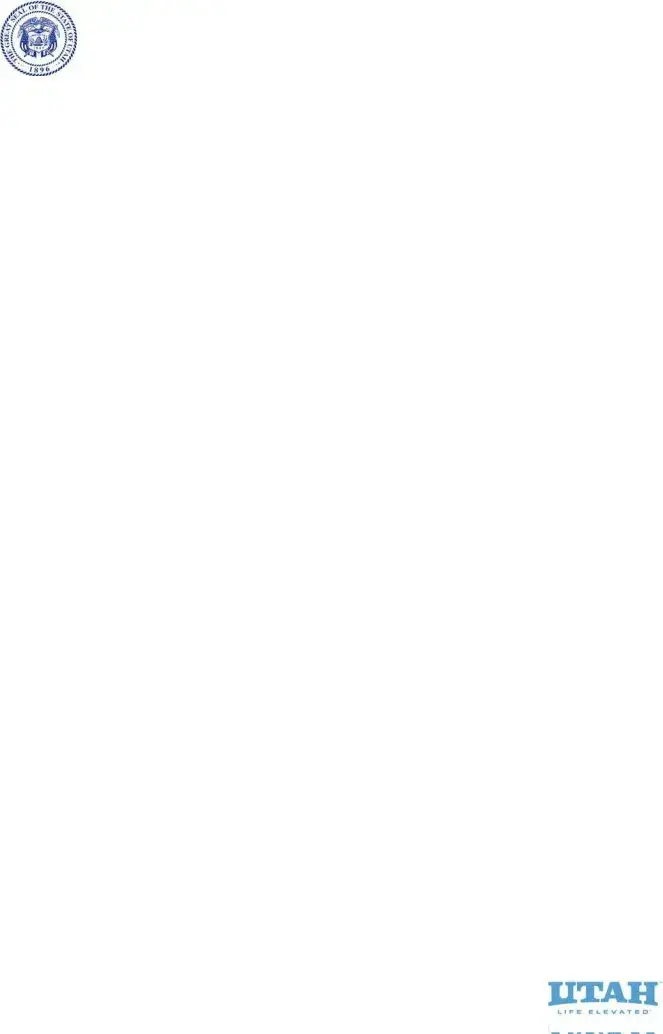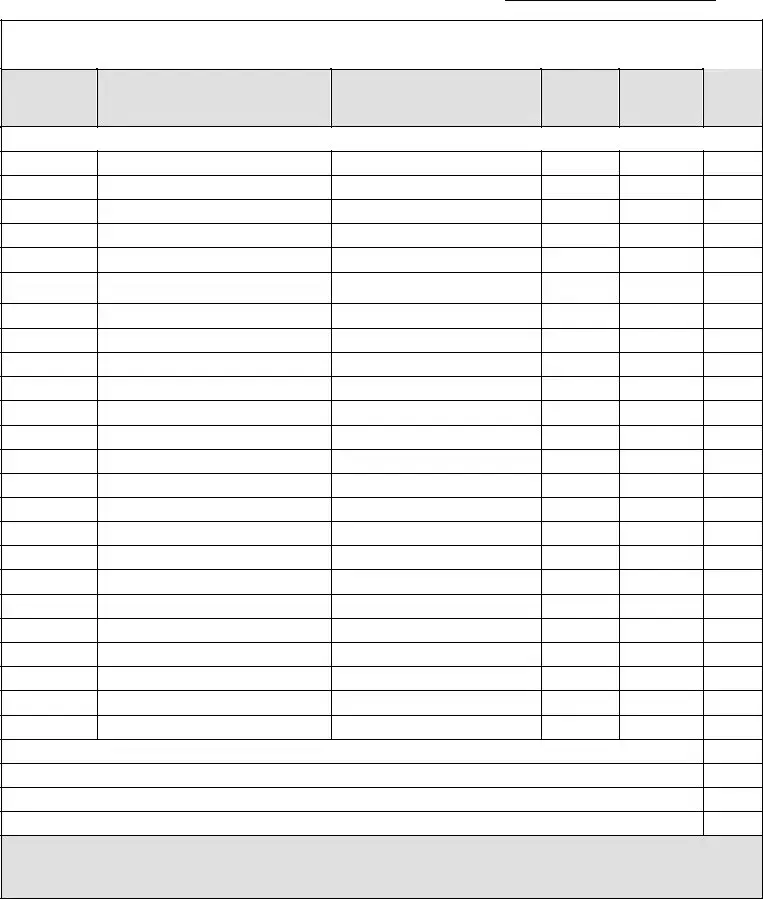One similar document to the Utah CPE Reporting form is the Continuing Legal Education (CLE) Reporting Form, used by attorneys to document their completion of required continuing education. Both forms are utilized by professionals to record educational activities within a specific period, ensuring they meet the regulatory requirements set by their respective state licensing boards. They both require detailed information about the courses taken, including dates, course titles, sponsors, and the number of hours completed. Additionally, both forms serve as a certification of compliance, signed by the professional, attesting to the accuracy of the information provided.
Another document that shares similarities with the Utah CPE Reporting form is the Professional Development Hours (PDH) log for Professional Engineers. This log is a tool for engineers to record their continuing education activities, much like the CPE Reporting form is for accountants. The PDH log and the CPE form both require professionals to document specific details of each educational activity, including the date of completion and the number of hours earned. These documents are essential for the renewal of professional licenses and must be submitted to the respective licensing boards.
The Nurse Continuing Education (CE) Reporting Form is also alike in its purpose and functionality. This form is used by nurses to document their continuing education activities as part of the requirements for license renewal. Both the Nurse CE and the Utah CPE forms require detailed information about the courses attended, including the course title, date, and number of hours completed. They serve as a record-keeping tool, ensuring that professionals meet the continuing education requirements specified by their governing bodies.
Similarly, the Real Estate Continuing Education (CE) Reporting Form parallels the CPE Reporting form. Real estate agents use it to report their continuing education activities to their licensing boards. Both forms provide a structured method for professionals to list educational courses, including specifics like course titles, dates, and the accrediting sponsor. They must be submitted for license renewal, ensuring that the agent or accountant remains knowledgeable and up to date in their field.
The Pharmacy Continuing Education Reporting Form shares similarities with the Utah CPE Reporting form, as both are used by healthcare and financial professionals to track and report their continuing education credits. Pharmacists, like accountants, must complete a certain number of continuing education hours within a renewal period and provide detailed information about their completed courses, including the subject area, dates of completion, and accreditation details. These forms play a crucial role in the validation process for renewing professional licenses.
Additionally, the Professional Development Record for Educators aligns closely with the Utah CPE Reporting form in its structure and purpose. Educators use this document to detail their ongoing professional development efforts, necessary for maintaining their teaching certifications. Both forms require the professional to list out the activities undertaken, including workshops, seminars, and other educational endeavors, along with the dates and hours completed. This record-keeping is pivotal for ensuring adherence to state educational standards and licensing requirements.
The Certified Financial Planner (CFP) Continuing Education Reporting Form is another document that bears resemblance to the Utah CPE Reporting form. Financial planners must document their continuing education activities to maintain their certification status, similarly to how CPAs in Utah document their CPE activities. Both forms require detailed accounts of the professional development activities, including course titles, dates, sponsors, and hours completed, ensuring that professionals stay current in their fields.
Lastly, the Dental Continuing Education (CE) Reporting Form is analogous to the CPE Reporting form. Like accountants, dentists are obliged to partake in continuing education to renew their licenses. Both forms function as a comprehensive record of the educational activities completed within the licensing period, detailing information such as course titles, dates, sponsors, and credit hours. These forms are instrumental in verifying that professionals have met their continuing education requirements to continue practicing.

